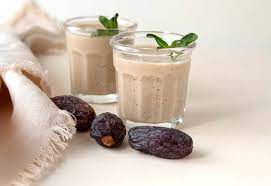Kidney failure and its nutrition

Chronic kidney failure is a stage of kidney failure in which the kidneys are no longer able to function normally and perform their tasks, including maintaining balance.
Special points regarding the diet of patients with chronic kidney failure
- Due to the lack of appetite of patients with this disease, it is better to increase the number of daily meals and reduce the size of each meal.
- Salt intake should be limited in these patients, and salty foods such as pickles, tomato paste, sauces, and the like should be avoided.
- Consumption of sugar and sugar and foods containing them should be very limited.
- The bread used should be low in salt and made from wholemeal flour.
- Legumes (such as peas, lentils, beans) contain a lot of potassium and should be consumed in a limited form.
- Potato contains a lot of potassium, and to consume it, its skin must be removed and soaked in water for several hours to reduce the amount of potassium in it.
- Vegetables and fruits contain a lot of potassium, but due to the fact that they contain many essential nutrients for the body, they should be used in a proportionate amount of their low-potassium varieties.
Low potassium fruits: apple, tangerine, lemon, grapefruit, grape, cherry, strawberry, peach, pineapple, watermelon, raspberry, cranberry.
Perpotassium fruits: bananas, dates fruit, oranges, kiwi, pears, plums, nectarines, apricots, cantaloupe, cantaloupe, melons, dried fruits.
Low-potassium vegetables: cucumbers, bean sprouts, lettuce, cabbage, cauliflower, broccoli, onions, green beans, green peppers, zucchini, eggplant, turnips, carrots, radishes, rhubarb, mushrooms.
Propotassium vegetables: tomatoes, potatoes, beets, okra, pumpkins, hot peppers.
Note: Cooking vegetables increases the amount of potassium that can be absorbed. Therefore, it is better to eat vegetables raw.